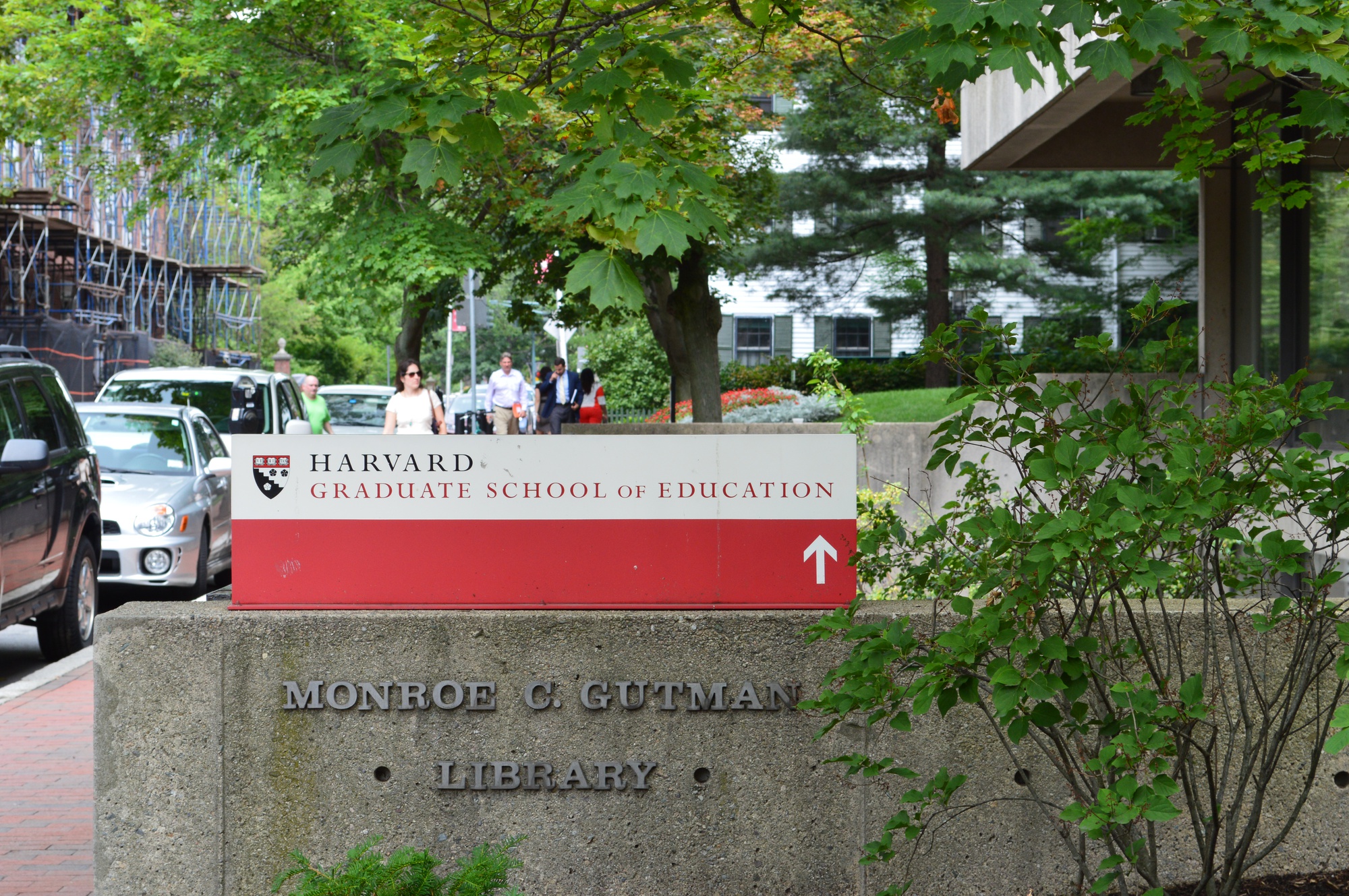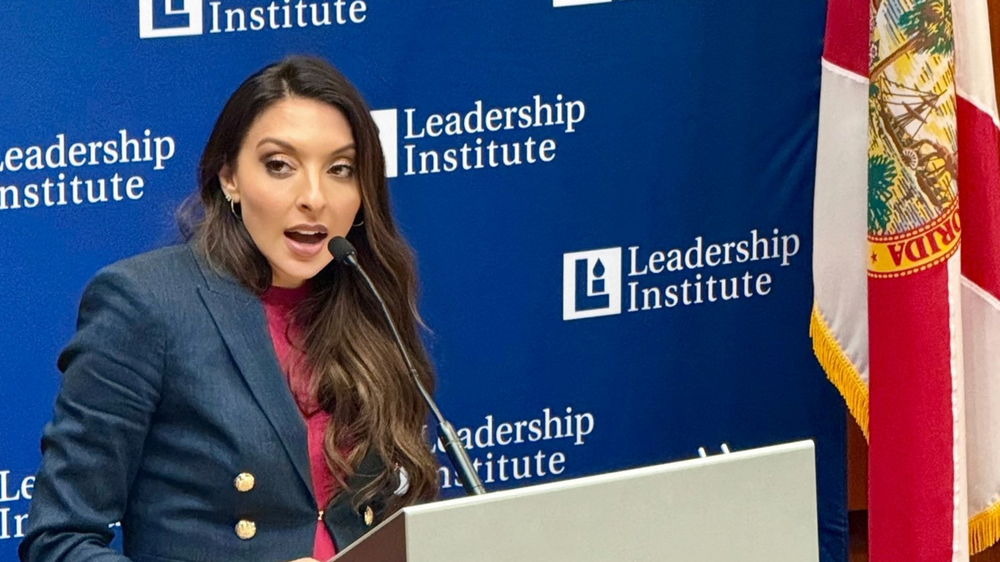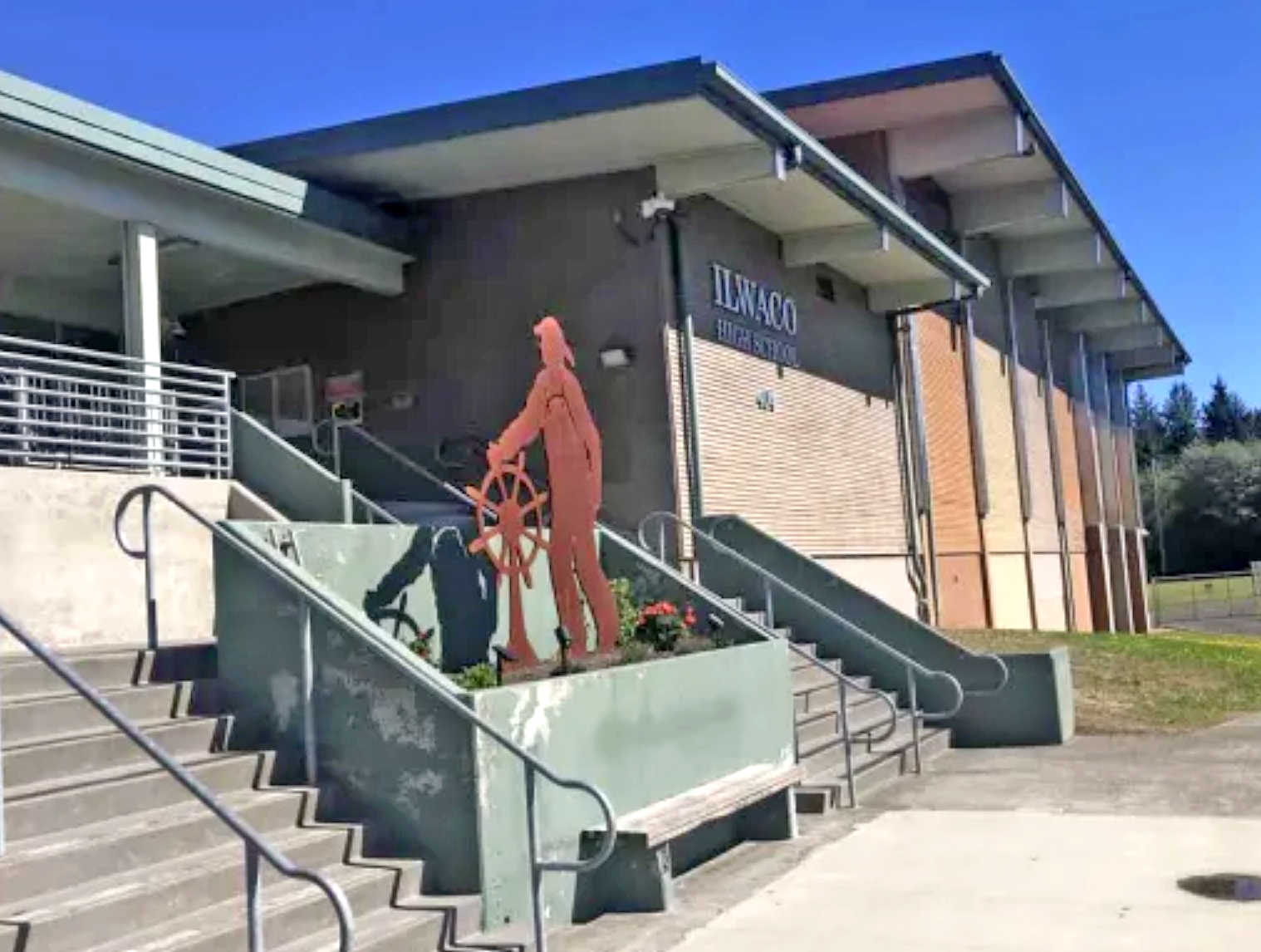NY congressional delegation warns school funds delay threatens teacher training, English language instruction – New York Daily News

Federal Funding Deferral Threatens Educational Commitments in New York
Report on the Suspension of Federal Education Grants and Implications for Sustainable Development Goals
1.0 Introduction and Executive Summary
A recent federal administrative review has resulted in the suspension of over $400 million in education funds allocated to New York State. This deferral, affecting approximately 10% of federal K-12 funding for the state, poses a significant threat to the continuity of educational programming and undermines progress toward key United Nations Sustainable Development Goals (SDGs). This report outlines the details of the funding hold, its direct impact on educational services, and analyzes the situation through the lens of SDG 4 (Quality Education), SDG 10 (Reduced Inequalities), and other related global development targets.
2.0 Analysis of the Funding Suspension
2.1 Scope of the Deferral
The United States federal government has initiated a review of over $6 billion in national school funding, which has placed a hold on grants expected by states on July 1. For New York, this action directly impacts more than $400 million in funds previously approved by Congress.
2.2 Justification and Response
The U.S. Office of Management and Budget cited a need to review grant programs for alleged misuse, stating that “many of these grant programs have been grossly misused to subsidize a radical leftwing agenda.” The New York State Education Department noted the explanation was vague, alluding only to a “change in Administration” and “the President’s priorities.”
3.0 Impact on Educational Programming and SDG 4 (Quality Education)
The funding hold directly jeopardizes the state’s ability to provide inclusive and equitable quality education for all, a cornerstone of SDG 4. The potential consequences represent a significant setback for achieving several SDG 4 targets.
3.1 Disruption to Core Educational Services
- Jeopardized Planning: The delay is causing significant disruption to school and district-level planning for the upcoming academic year.
- Programmatic Threats: Services for millions of students are at risk, with the potential for widespread program cancellations.
- Employment Instability: The uncertainty could result in layoffs of educational staff, impacting the supply of qualified teachers as outlined in SDG Target 4.c.
3.2 Affected Grant Programs
The withheld funds are designated for critical areas that support a holistic and effective learning environment (SDG Target 4.a):
- Professional Development and Teacher Training
- Academic Enrichment Programs
- English Language Instruction
- After-School Programming
4.0 Disproportionate Impact and SDG 10 (Reduced Inequalities)
The suspension of funds is poised to disproportionately harm the most vulnerable student populations, directly conflicting with the aims of SDG 10, which calls for reducing inequality within and among countries.
4.1 Targeting Vulnerable Student Groups
The freeze specifically threatens programs designed to ensure equal opportunity and reduce inequalities of outcome (SDG Target 10.3) for specific communities:
- English Language Learners: Funding for English language acquisition is a primary component of the withheld grants, essential for the inclusion of non-native English-speaking students.
- Migrant Students: A specific grant program for children in migrant families, particularly within the agricultural and dairy sectors, is also on hold.
By withholding these targeted funds, the action risks exacerbating educational disparities and hindering the social and economic inclusion of marginalized children (SDG Target 10.2).
5.0 Official Reactions and Institutional Concerns
5.1 Congressional and State-Level Response
A coalition of 19 Democratic members of the New York congressional delegation, including Senators Chuck Schumer and Kirsten Gillibrand, formally protested the delay. Their letter highlighted that the “reckless delay” is alarming educators and could lead to severe disruptions. The New York State Education Department has expressed concern and encouraged local school leaders to engage with their congressional representatives.
5.2 Federal and Municipal Stance
The federal administration maintains that the review is programmatic and ongoing. At the municipal level, New York City Public Schools has not specified the exact financial impact or commented on the delay.
6.0 Conclusion: A Challenge to Sustainable Development
The administrative hold on over $400 million in federally approved education funding for New York constitutes a direct challenge to the state’s progress on fundamental Sustainable Development Goals. The deferral not only threatens the operational stability of schools but also systematically undermines efforts to provide quality education (SDG 4) and reduce systemic inequalities (SDG 10). The potential cancellation of programs for English learners and the disruption of teacher development could have long-term negative consequences for human capital, economic opportunity (SDG 8), and the principle of strong and accountable institutions (SDG 16).
Analysis of Sustainable Development Goals (SDGs) in the Article
1. Which SDGs are addressed or connected to the issues highlighted in the article?
-
SDG 4: Quality Education
This is the most prominent SDG in the article. The entire text revolves around the disruption of education funding, which directly impacts the quality and accessibility of education. The article explicitly mentions that the funding hold threatens “teacher training,” “English language instruction,” and “programming for millions of students.”
-
SDG 10: Reduced Inequalities
The article connects to this goal by highlighting how the funding freeze disproportionately affects vulnerable student populations. It specifically mentions that the withheld funds are for programs like “English language instruction” and “migrant education.” Rep. Velázquez is quoted saying the freeze “stands to hurt the students who need our support the most,” which points directly to the issue of inequality in educational access and support.
-
SDG 16: Peace, Justice and Strong Institutions
This goal is relevant because the article describes a conflict in governance and a lack of institutional accountability. The federal government’s unilateral decision to hold funds “approved by Congress” and the “vague allusions” provided as justification point to a breakdown in transparent and effective institutional processes. The letter from the congressional delegation to the Education Secretary and budget office is an attempt to hold these institutions accountable.
-
SDG 17: Partnerships for the Goals
The article discusses the financial partnership between the federal government and state education agencies. The federal grant programs represent a key mechanism for this partnership. The hold on funding is described as a “reckless delay” that is “disrupting school and district planning,” thereby undermining the effectiveness of this public-public partnership essential for achieving educational goals.
2. What specific targets under those SDGs can be identified based on the article’s content?
-
SDG 4: Quality Education
- Target 4.1: By 2030, ensure that all girls and boys complete free, equitable and quality primary and secondary education. The article states the funding delay is “jeopardizing programming for millions of students,” which directly threatens the quality of their education.
- Target 4.5: By 2030, eliminate gender disparities in education and ensure equal access to all levels of education and vocational training for the vulnerable. The article’s focus on funding for “English language instruction” and “migrant education” directly relates to ensuring equal access for vulnerable student groups.
- Target 4.c: By 2030, substantially increase the supply of qualified teachers. The article explicitly mentions that the funding freeze threatens “teacher training” and “professional development,” which are essential for maintaining and increasing the supply of qualified teachers.
-
SDG 10: Reduced Inequalities
- Target 10.2: By 2030, empower and promote the social, economic and political inclusion of all. The grant programs for English learners and migrant students are designed to promote their inclusion in the education system. Withholding these funds works against this target.
- Target 10.3: Ensure equal opportunity and reduce inequalities of outcome. By threatening programs for the “students who need our support the most,” the funding freeze risks widening the gap in educational outcomes and undermining equal opportunity.
-
SDG 16: Peace, Justice and Strong Institutions
- Target 16.6: Develop effective, accountable and transparent institutions at all levels. The article highlights a lack of transparency and accountability, noting the federal government’s delay was explained with “vague allusions to a ‘change in Administration…’ and ‘the President’s priorities’” for funds already approved by Congress.
-
SDG 17: Partnerships for the Goals
- Target 17.17: Encourage and promote effective public partnerships. The federal funding streams for state education are a form of public-public partnership. The article details the disruption of this partnership, which jeopardizes the delivery of essential services.
3. Are there any indicators mentioned or implied in the article that can be used to measure progress towards the identified targets?
Yes, the article provides several quantitative and qualitative indicators:
- Financial Indicators: The article provides specific monetary values that can be used as indicators of financial commitment to education.
- Total funding on hold for New York: “$400 million”
- Total national funding under review: “more than $6 billion”
- Proportion of federal funding affected in New York: “10% of federal K-12 funding”
- Historical funding for NYC through specific streams: “at least $232 million”
- Programmatic Indicators: The existence and funding levels of specific programs serve as indicators of support for quality and equitable education.
- Programs threatened: “teacher training,” “English language instruction,” “professional development,” “academic enrichment,” “after-school programming,” and “migrant education.”
- Impact Indicators: The article implies indicators related to the potential negative consequences of the funding hold.
- Number of students affected: “millions of students”
- Potential for staff reduction: “could result in layoffs”
- Disruption to planning: “disrupting school and district planning”
- Institutional Performance Indicators: The article implies qualitative indicators for institutional effectiveness.
- Timeliness of fund disbursement: The funds were expected on “July 1” but are on hold, indicating a delay.
- Transparency of decision-making: The justification for the delay is described as “vague allusions,” indicating a lack of transparency.
4. Summary Table of SDGs, Targets, and Indicators
| SDGs | Targets | Indicators Identified in the Article |
|---|---|---|
| SDG 4: Quality Education |
4.1: Ensure quality primary and secondary education.
4.5: Ensure equal access for the vulnerable. 4.c: Increase the supply of qualified teachers. |
– Amount of education funding withheld ($400 million in NY, $6 billion nationally). – Number of students whose programming is jeopardized (“millions”). – Funding for specific programs for vulnerable groups (English language instruction, migrant education). – Funding for “teacher training” and “professional development.” |
| SDG 10: Reduced Inequalities |
10.2: Promote social and economic inclusion.
10.3: Ensure equal opportunity. |
– Existence and funding of grant programs for English learners and migrant families. – Mention of impact on “the students who need our support the most.” |
| SDG 16: Peace, Justice and Strong Institutions | 16.6: Develop effective, accountable and transparent institutions. |
– Delay in disbursing congressionally approved funds. – Lack of clear justification for the funding hold (“vague allusions”). |
| SDG 17: Partnerships for the Goals | 17.17: Encourage and promote effective public partnerships. |
– Disruption of federal-state financial partnership for education. – The specific amount of the disrupted partnership funds ($400 million). |
Source: nydailynews.com

What is Your Reaction?
 Like
0
Like
0
 Dislike
0
Dislike
0
 Love
0
Love
0
 Funny
0
Funny
0
 Angry
0
Angry
0
 Sad
0
Sad
0
 Wow
0
Wow
0









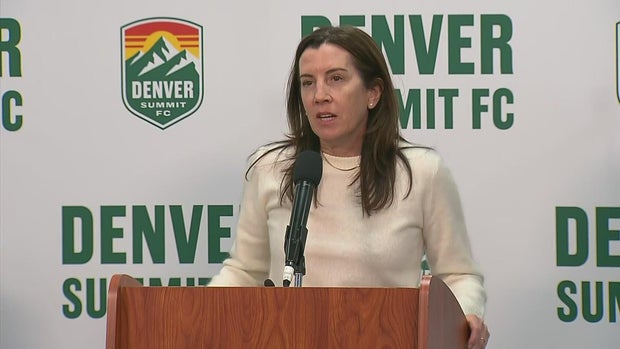

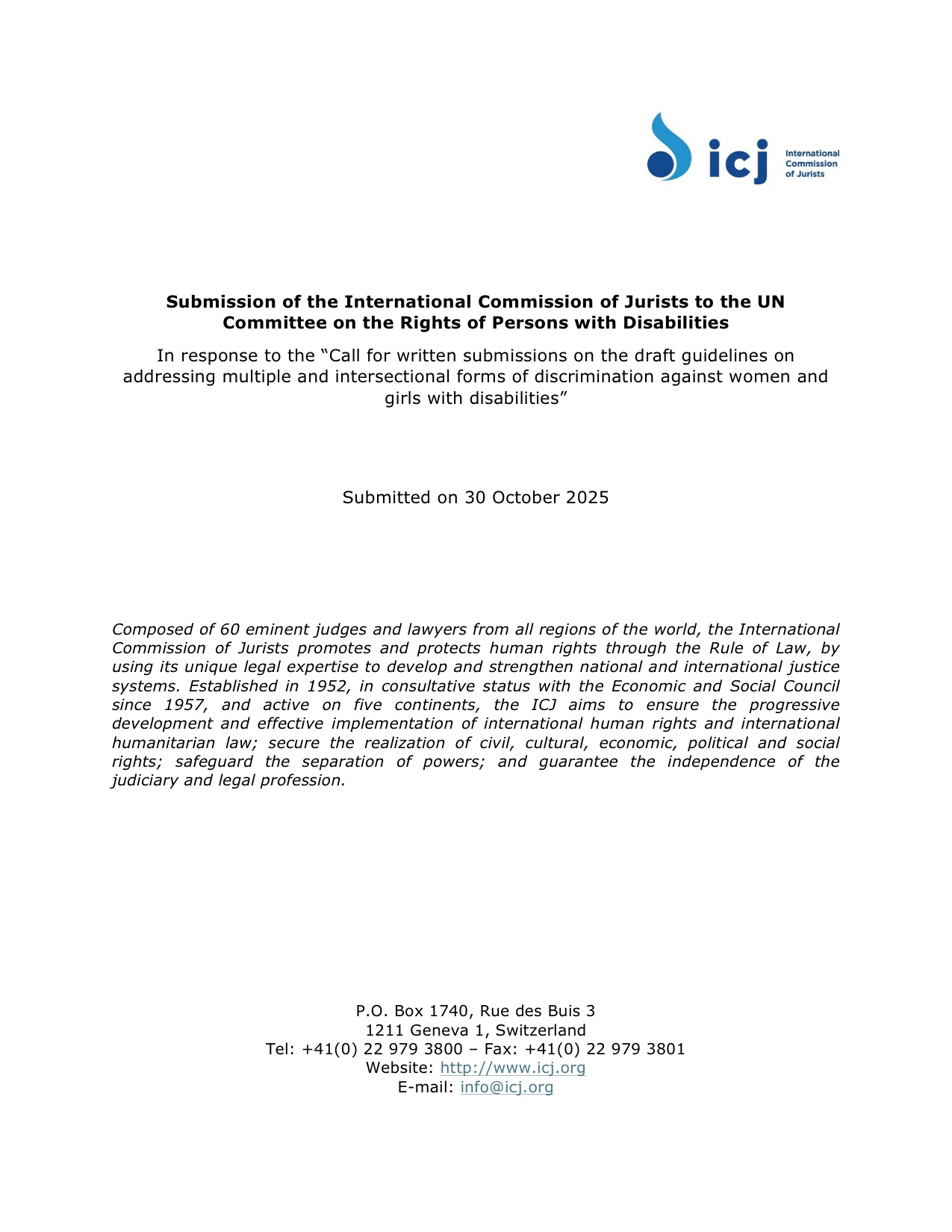






-1920w.png?#)






















;Resize=805#)

























